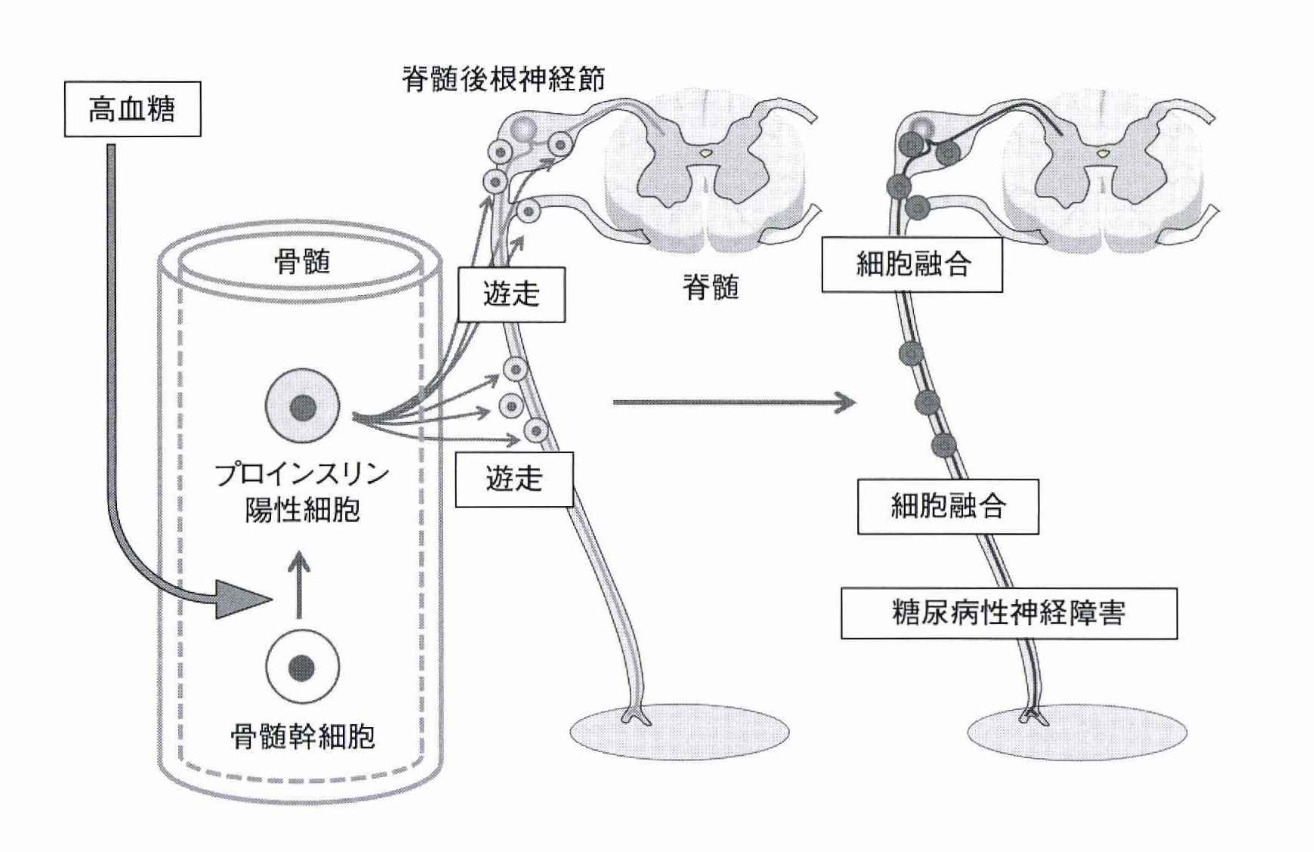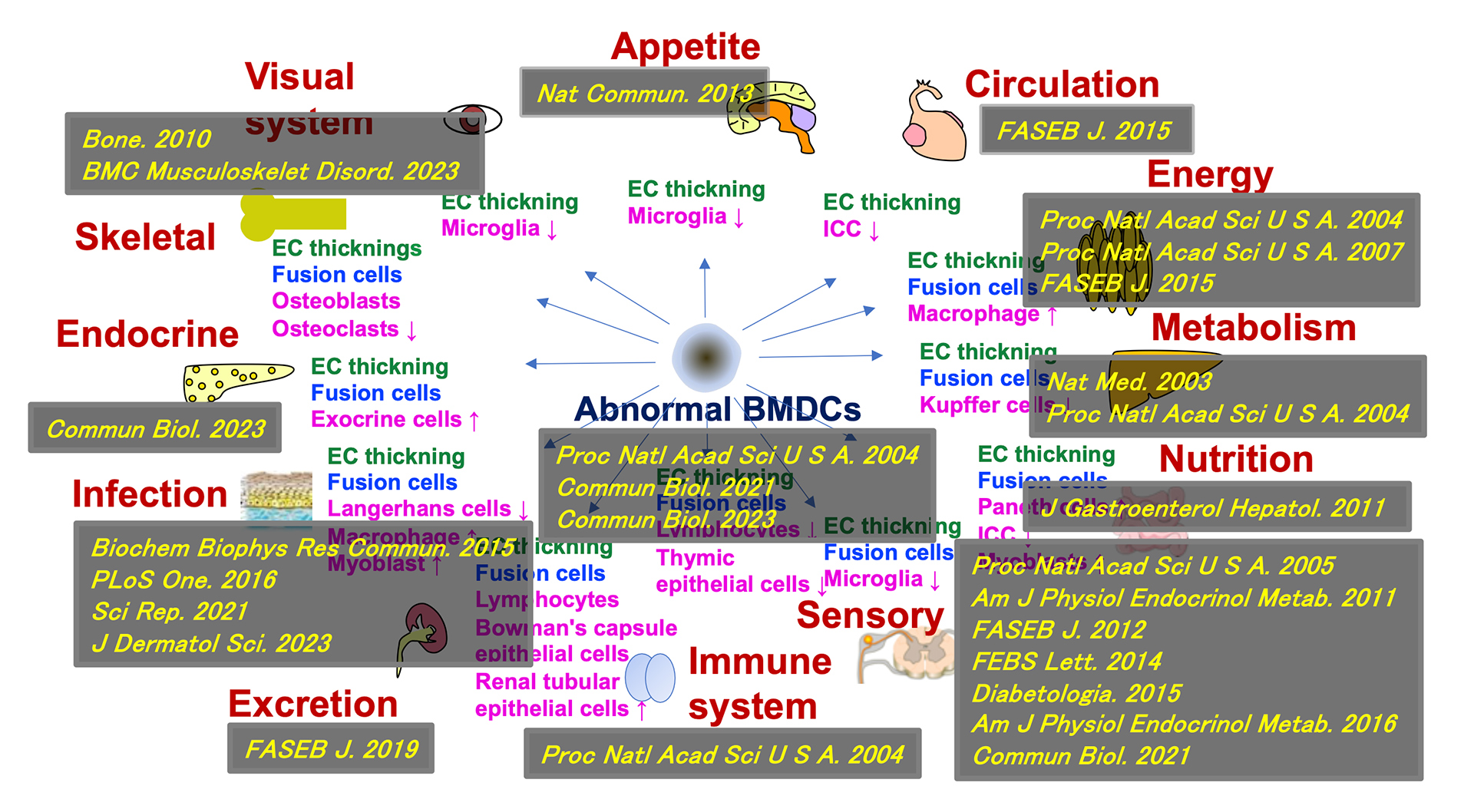Presentation
Complete remission of STZ diabetes by removing “Diabetes Stem Cells”
English and Japanese subtitles are available
We found that aberrant hematopoietic stem cells, which we named “Diabetes Stem Cells,” inhibit islet regeneration and interfere with diabetes remission in STZ mice. Transient HDAC inhibition combined with insulin eliminated “Diabetes Stem Cells” resulting in complete remission of diabetes.
Introduction to research reviews
(Review) Discovery of Diabetic Stem Cells

In a world where diabetes is a chronic, progressively worsening condition that never heals naturally, its origins have long been shrouded in mystery. Influenced by a combination of genetic makeup, lifestyle habits, and autoimmune factors, the exact causes have remained elusive.
However, a team of dedicated researchers made a groundbreaking discovery. Within the faction of hematopoietic stem cells, they identified a type of abnormal cell that not only contributes to the development of diabetes and its complications but also imparts a stubborn resistance to treatment. These cells, intriguingly, persisted even when blood sugar levels were normalized, maintaining their disease-inducing capabilities.
This discovery opened up a new frontier in diabetes treatment. By targeting and eliminating these tenacious cells, the researchers saw a glimmer of hope for a complete cure of diabetes and its associated complications. These cells were thus aptly named “Diabetic Stem Cells,” symbolizing a potential turning point in the battle against this relentless disease.
(Review) Capturing Diabetic Stem Cells

Whether it’s Type 1 or Type 2, once diabetes is diagnosed, it never naturally heals, no matter how well it’s managed. This is also true for the complications caused by diabetes. In fact, it might be more accurate to say that their worsening cannot be stopped. The unexpected results of the Edmonton Protocol likely stem from the same underlying cause. This conclusion was reached upon the discovery of a horde of cells, spawned by high blood sugar, writhing ominously like cancer cells.
Introduction to Research Papers
Our publications on bone marrow-derived cells in diabetes and its complications (2003-2023)

Skeletal
Appetite
Circulation
Energy
Metabolism
Nutrition
Sensory
Whole Body
Excretion
Infection
Bone Marrow
Are you interested in our business?
Are you interested in our business?
Medical professionals, investors, and members of the press, please feel free to contact us by filling out the necessary information in the email form. Our representatives will get back to you promptly.
Medical professionals, investors, and members of the press, please feel free to contact us by filling out the necessary information in the email form. Our representatives will get back to you promptly.

